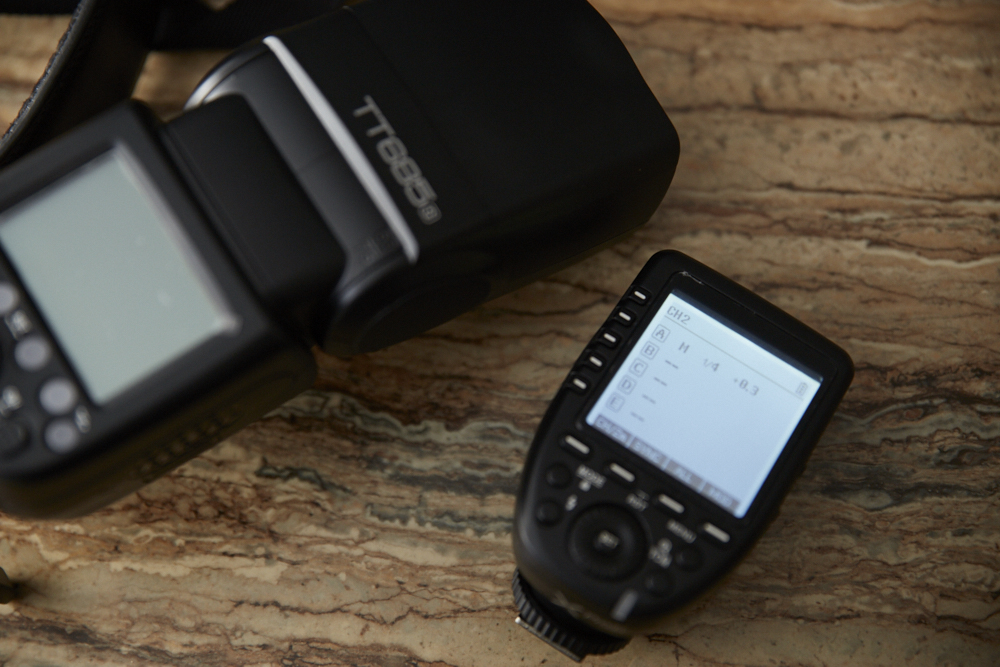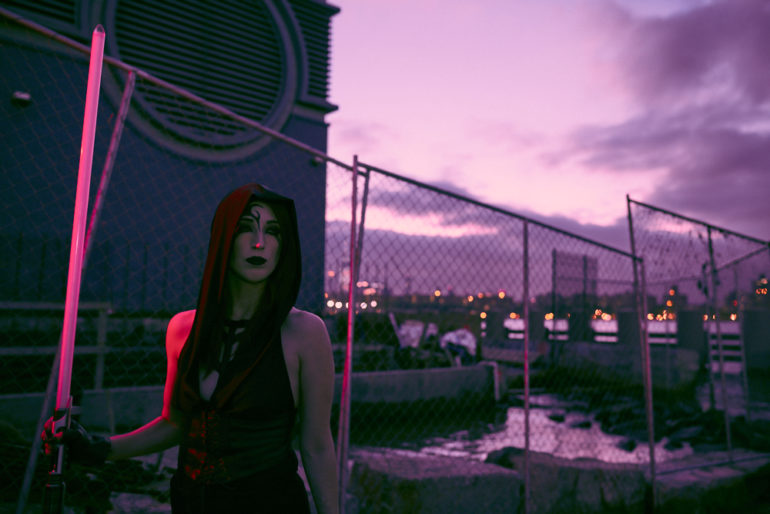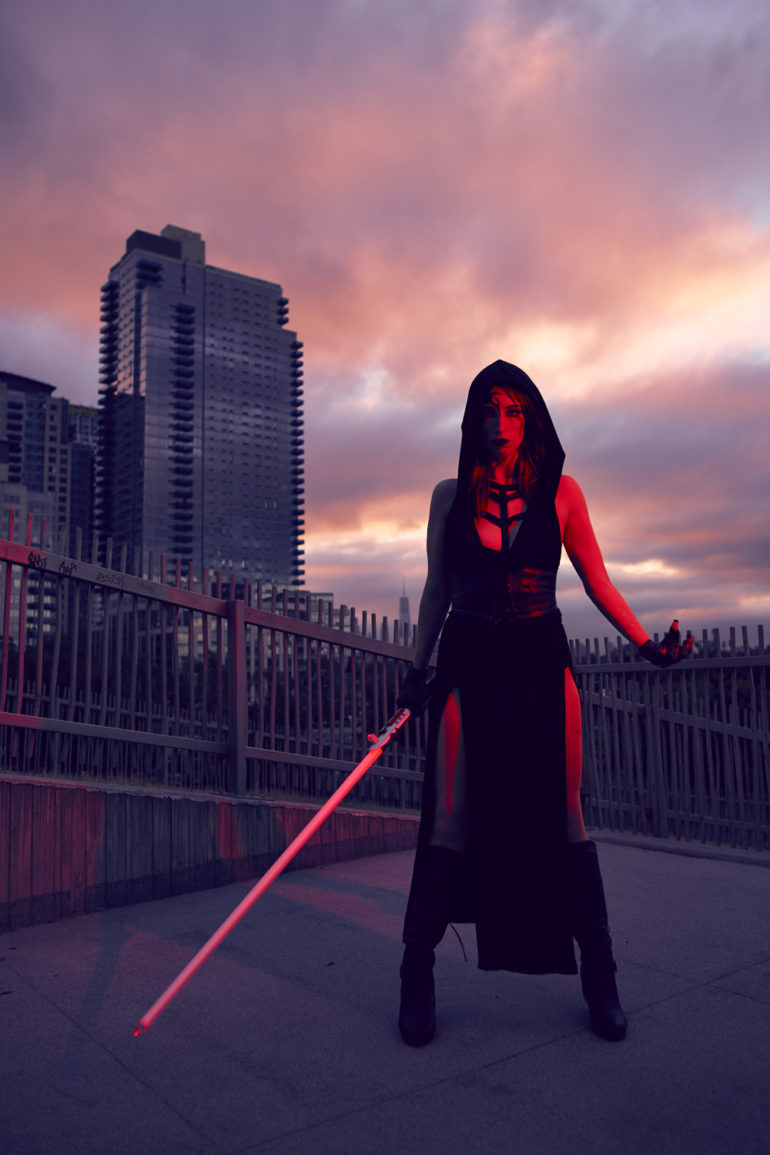Last Updated on 12/17/2017 by Chris Gampat
The Godox Xpro-N TTL Wireless Flash Trigger is a fantastic option with one big, glaring problem.
It’s no secret at this point that Godox makes some fantastic products, so when the Godox Xpro-N TTL Wireless Flash Trigger came in for review I was really optimistic. The small China based company has been producing flashes and triggers that have been putting the Japanese to shame at a much more affordable price point. With the new Godox Xpro-N TTL Wireless Flash Trigger, they’re upping their game even more. this trigger is designed for use with Nikon DSLRs and lets you use a flash like the Godox TT685s designed for Sony and get TTL with it. Again, you’re using a Nikon camera and transmitter with a Sony specific flash and getting TTL. Crazy, right? It may seem that way, but it works out very well!
Unfortunately, there’s also one really big problem that isn’t specific to it, but more to the system.
Pros and Cons
Pros
- Good build quality
- Easy to use
- Firmware update is fairly straight forward when you look at video online on how to do it
- Not at all overwhelming if you’re used to using commanders
Cons
- Firmware to give it cross brand TTL can only really be done if the flash’s firmware can be updated. And at the moment of publishing this review, if you’re on a Mac computer, then you’re out of luck.
Gear Used
The Godox Xpro-N TTL was tested with the Nikon D850, Nikon 28mm f1.4, the Godox TT685s flash and that’s it.
Tech Specs
Tech specs for the Godox Xpro-N TTL can be found with ease on the manufacturer’s website
Ergonomics
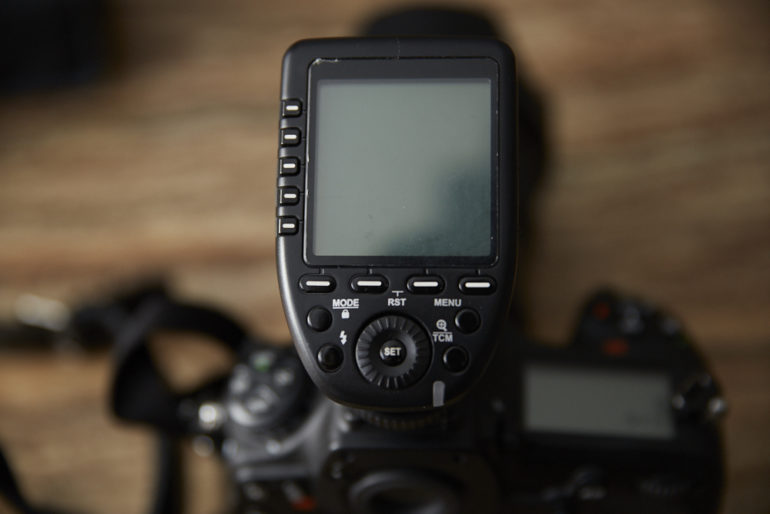 The Godox Xpro-N TTL is a trigger designed for Nikon DSLRs. And it’s a pretty big one vs many competitors. When you look at it from the front, what you’ll see is this giant LCD screen. There are buttons on the side and on the bottom. then there are other buttons on the bottom and a control wheel. These are how you change the settings on the Godox Xpro-N TTL.
The Godox Xpro-N TTL is a trigger designed for Nikon DSLRs. And it’s a pretty big one vs many competitors. When you look at it from the front, what you’ll see is this giant LCD screen. There are buttons on the side and on the bottom. then there are other buttons on the bottom and a control wheel. These are how you change the settings on the Godox Xpro-N TTL.
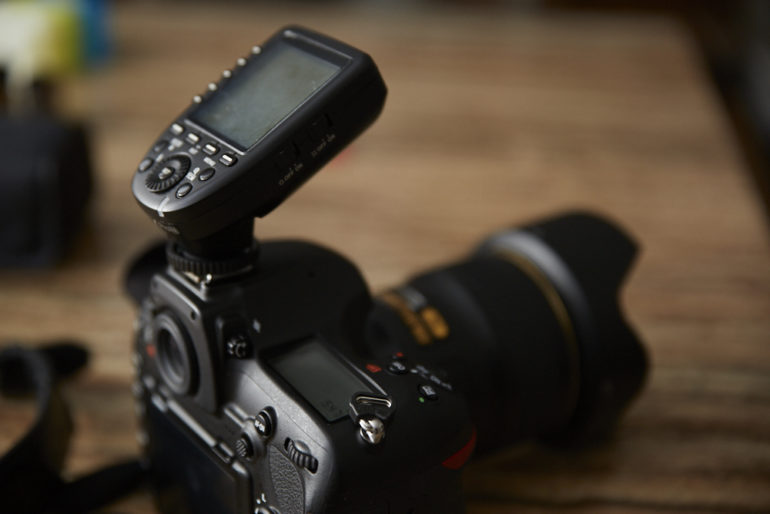 On the side of the Godox Xpro-N TTL there are two switches for groups and on/off. That’s really all that there is to this.
On the side of the Godox Xpro-N TTL there are two switches for groups and on/off. That’s really all that there is to this.
Build Quality
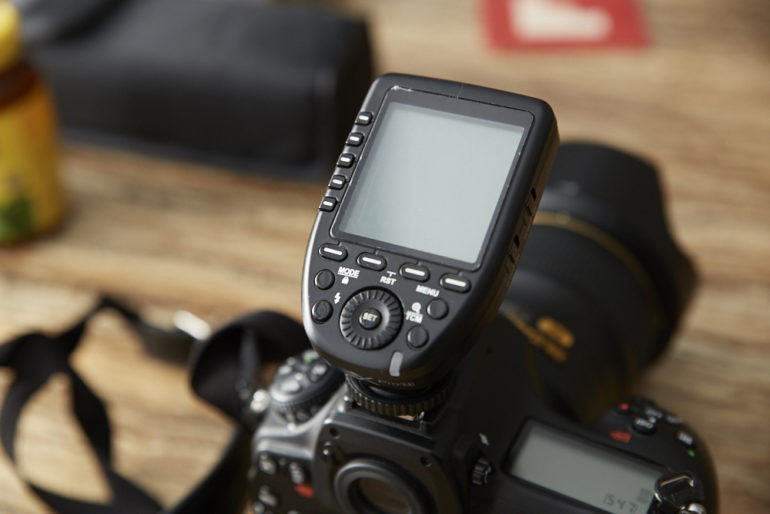 Like most other triggers out there, the Godox Xpro-N TTL has a tightener that keeps it locked in place on the hot shoe. Then there is the overall build. It’s pretty solid; just about as solid any almost anything else that I’ve felt out there while also being significantly more affordable. Would I take it out into a rain storm? No. But it has gotten splashed by a spritz water from the East river and survived to continue working.
Like most other triggers out there, the Godox Xpro-N TTL has a tightener that keeps it locked in place on the hot shoe. Then there is the overall build. It’s pretty solid; just about as solid any almost anything else that I’ve felt out there while also being significantly more affordable. Would I take it out into a rain storm? No. But it has gotten splashed by a spritz water from the East river and survived to continue working.
Ease of Use
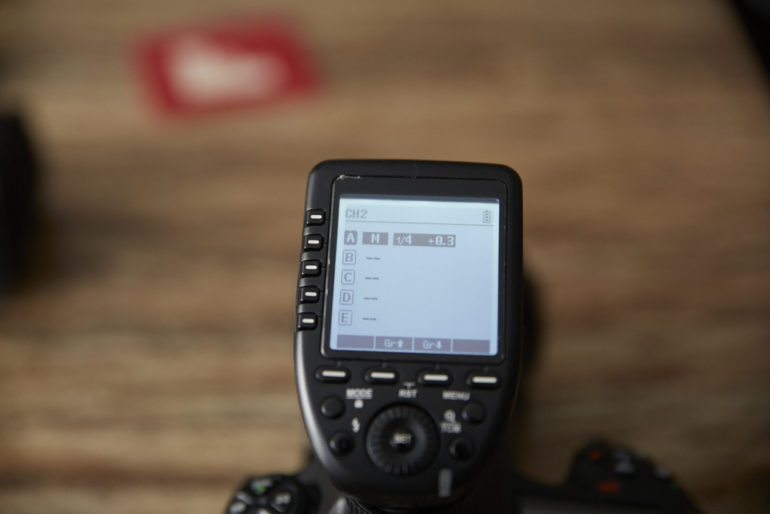 With the Godox Xpro-N TTL, the buttons on the bottom act as variable parameters depending on what menu you’re in. Then the left side controls the groups. Using these in combination with one another may seem a bit weird but in actuality they’re very easy. The menus never get to the point where they’re overwhelming and despite the design appearance, it isn’t like playing a game of Battleship with a wireless radio trigger. Instead, it’s variable based on the menu system. Initially, that will mean that you need to carefully read the screen. But once you get the details down, you’ll be all set.
With the Godox Xpro-N TTL, the buttons on the bottom act as variable parameters depending on what menu you’re in. Then the left side controls the groups. Using these in combination with one another may seem a bit weird but in actuality they’re very easy. The menus never get to the point where they’re overwhelming and despite the design appearance, it isn’t like playing a game of Battleship with a wireless radio trigger. Instead, it’s variable based on the menu system. Initially, that will mean that you need to carefully read the screen. But once you get the details down, you’ll be all set.
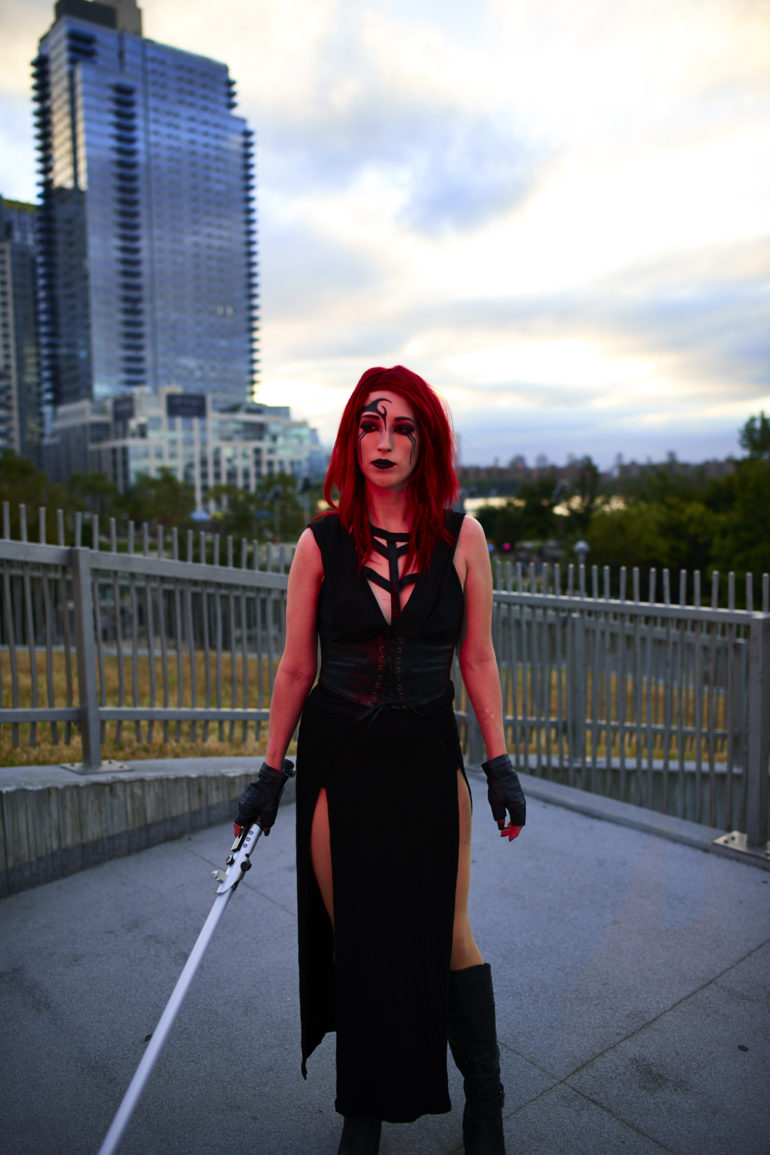 When using the Godox Xpro-N TTL with the Godox TT685s flash, I knew fully well that it was designed for TTL usage with Sony cameras. Unfortunately, in order to get the TTL communication to work, you need to update the firmware on the flash and that can only be done via a Windows PC. The entire Phoblographer staff are acolytes of Steve Jobs’ dead corpse though, but that still didn’t mean that I couldn’t use it! As it is, I prefer to manually set my lights because TTL only tells me what it thinks I want, not what I actually want. It’s the difference between using program auto and manual mode and it always has been for me. It would make a lot of sense for photojournalism and weddings, but not for portraiture and conceptual work.
When using the Godox Xpro-N TTL with the Godox TT685s flash, I knew fully well that it was designed for TTL usage with Sony cameras. Unfortunately, in order to get the TTL communication to work, you need to update the firmware on the flash and that can only be done via a Windows PC. The entire Phoblographer staff are acolytes of Steve Jobs’ dead corpse though, but that still didn’t mean that I couldn’t use it! As it is, I prefer to manually set my lights because TTL only tells me what it thinks I want, not what I actually want. It’s the difference between using program auto and manual mode and it always has been for me. It would make a lot of sense for photojournalism and weddings, but not for portraiture and conceptual work.

So when testing the Godox Xpro-N TTL with the TT685s flash, I only happened on a few initial hiccups every time the trigger and the flash were working together in TTL mode. However, that’s only because it didn’t have the firmware update. But in manual mode, the two worked together flawlessly.
If you’re a photographer that recently moved camera systems but still wants to use the flashes that you’ve had and they’re within the Godox ethosphere, then the Godox Xpro-N TTL and its variants may be great options. But if you’re a photographer that stayed within your system, then this shouldn’t really be a problem at all. Many godox flashes come with triggers if you get the right package and they’re dirt cheap. But this really can become an issue when you’re dealing with monolights. Even so, the prices comparatively speaking aren’t all that bad. I personally would get the dedicated trigger, but the Godox Xpro-N TTL is sort of a master of them all. And if you’ve got multiple systems, then reach for it.


